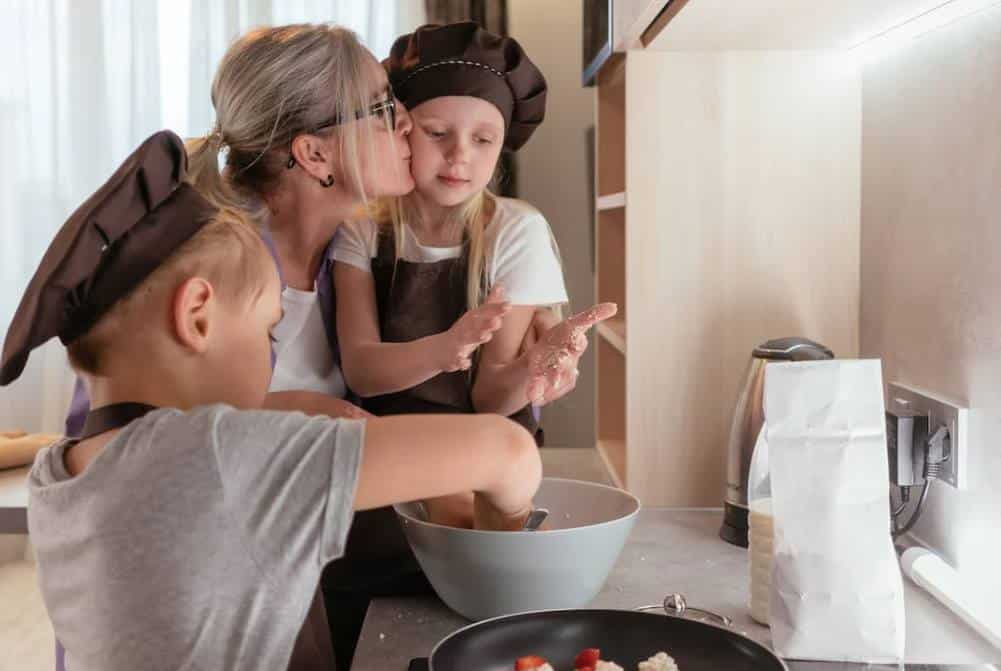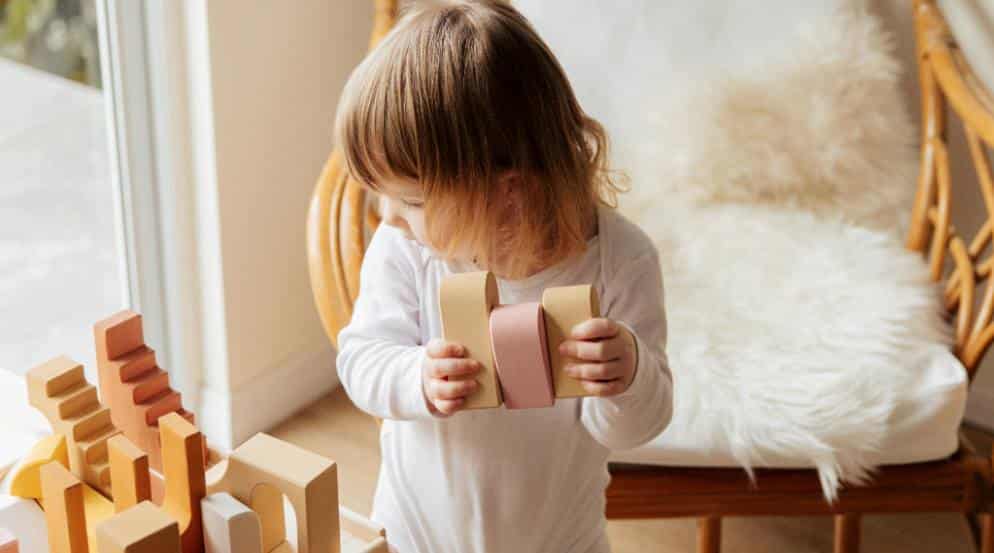Choosing to live in a tiny house with kids can be an adventure filled with rewards and challenges. This lifestyle promotes simplicity, closer family bonds, and a reduced environmental footprint. However, transitioning to a smaller living space requires careful planning and adjustment, especially when children are involved. Before you make the leap, consider these crucial aspects to ensure a smooth transition and a fulfilling tiny house living experience for the whole family.
 1. Space Optimization
1. Space Optimization
When delving into the realm of tiny house living, mastering the art of space optimization becomes absolutely crucial, particularly when young children are part of the equation. Exploring a tiny home for sale can be the first step towards understanding how to effectively design and utilize space for your family’s needs. Embrace your creativity by exploring multifunctional furniture solutions that can truly transform your living space. Imagine beds equipped with ingenious storage compartments underneath, allowing you to stow away belongings efficiently, and versatile fold-down tables that adapt to your needs seamlessly. By strategically defining specific zones within your tiny home for different activities, you not only maximize the utility of the space but also create a harmonious environment that is organized, free of clutter, and perfectly suited for your day-to-day life.
2. Privacy Considerations
In the realm of compact living spaces where every square foot counts, the concept of privacy emerges as a precious and sought-after luxury. Amid the shared living environment, the introduction of privacy-enhancing elements such as stylish curtains, versatile room dividers, or creatively designed lofted areas can offer individual family members the opportunity to carve out their own cherished personal sanctuaries. This aspect becomes particularly poignant for older children entering their formative years, as they yearn for autonomy and value the significance of private moments within the bustling communal living sphere.
3. Clutter Control
Embracing minimalism is a foundational principle when inhabiting a tiny house. By involving your children in the decluttering process, you can guide them to retain only possessions that hold genuine significance or bring joy. This practice not only simplifies space management but also imparts invaluable lessons on simplicity and materialism to the younger generation. It cultivates a sense of mindfulness in decision-making, teaching children to prioritize what truly matters in life and appreciate the beauty of simplicity in their surroundings.
4. Outdoor Living
The ethos of tiny house living often encourages a deeper connection with the outdoors. Embrace the tranquility of nature by transforming your outdoor space into a seamless extension of your home. Create an inviting outdoor living area adorned with cozy seating, vibrant play zones for recreational fun, and a charming dining setup perfect for al fresco meals. This thoughtful extension can profoundly enhance your living experience, infusing a rejuvenating sense of spaciousness and freedom into your daily life.
5. Schoolwork and Projects
Establishing a dedicated space for schoolwork and creative projects is crucial for nurturing focus and organization. It provides a designated area where children can immerse themselves in learning and exploration. By creating a personalized study nook, complete with inspiring decorations and comfortable seating, you can enhance their motivation and engagement. Additionally, involving children in the process of designing and organizing this space fosters a sense of ownership and responsibility toward their education and personal growth. This tailored environment not only boosts productivity but also cultivates a positive attitude towards learning and self-improvement.
6. Community Engagement
Residing in a tiny house often entails being part of a vibrant community of fellow enthusiasts who share a passion for sustainable living and cozy spaces. This presents a delightful opportunity for children to forge meaningful friendships and participate in a wide array of community-driven activities, ranging from gardening clubs to DIY workshops and communal gatherings. Engaging in events, workshops, or collaborative ventures can not only refine their social adeptness but also instill a strong sense of responsibility towards the environment and foster a profound sense of belonging and camaraderie within the community.
Transitioning your family to tiny house living is a profound journey that brings about a simpler, more meaningful lifestyle. It requires meticulous planning, adaptability, and a commitment to maintaining closeness and harmony within a compact space. By focusing on space optimization, privacy, clutter control, outdoor living, education, and community engagement, you can create a nurturing environment that promotes growth, learning, and a deep connection with the world around you. Tiny house living with kids not only challenges conventional notions of space and possession but also opens up a world of experiences that strengthen family bonds and foster a lifestyle aligned with sustainability and mindfulness.

Speaks from heart, always too passionate and driven by emotions. Spins the words with kindness & sharpness, intriguing your ever-inscrutable minds.






